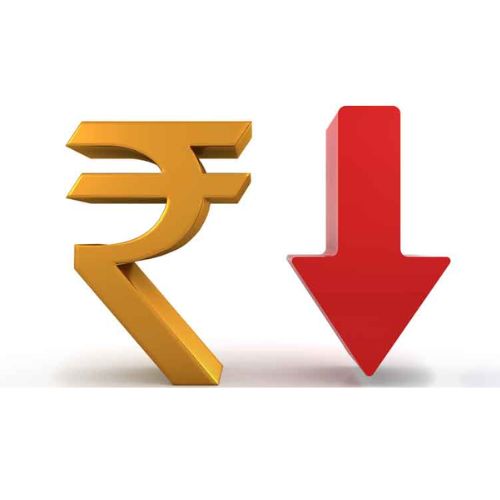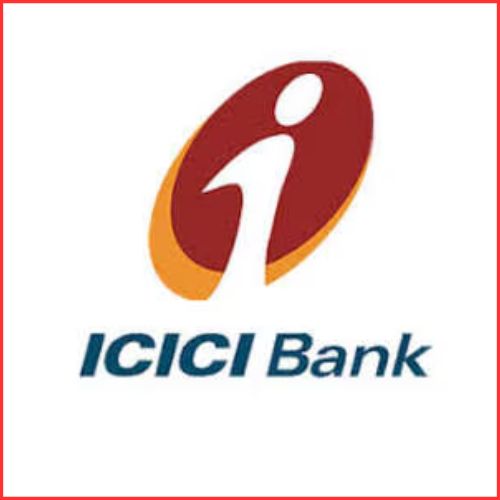Green financing is to increase the level of financial flows (from banking, microcredit, insurance, and investment) from the public, private, and not-for-profit sectors to sustainable development priorities.
Green Financing is booming. Globally, the green bond market could be worth $ 2.36 trillion by 2023. For the United Nations, green finance plays an important role in achieving some of the Sustainable Development Goals. The environmental team is already working with public and private sector organizations to align the international financial system with the Sustainable Development Agenda.
The right combination of building permits, strategic priorities, and capital availability can bring clean energy sources to fruition. Such projects can be given preferential treatment, for example, to make them more attractive options than fossil fuel-derived energy infrastructure.
A common green finance product is a green bond. There is a code of conduct that defines what constitutes a green bond. To qualify, bonds must meet revenue usage criteria, have a project evaluation and selection process, properly manage all revenues, and provide detailed reports.
The results show that green stock, green investment, climate finance, carbon finance, green insurance, green loans, and green infrastructure bonds are some of the major green finance products used by banks. Relevant determinants identified by the study as influencing banks’ green monetary policy include environmental and climate protection policies, interest rates, religions, risks, social inclusion and social justice, and banking regulations. Theoretically, this study provides a guide for further research. The results of the survey will help banks address important issues to consider when adopting, developing, and granting green finance.
Read More -Oyo files drafts for USD 1.2 billion IPO after getting SEBI green signal














